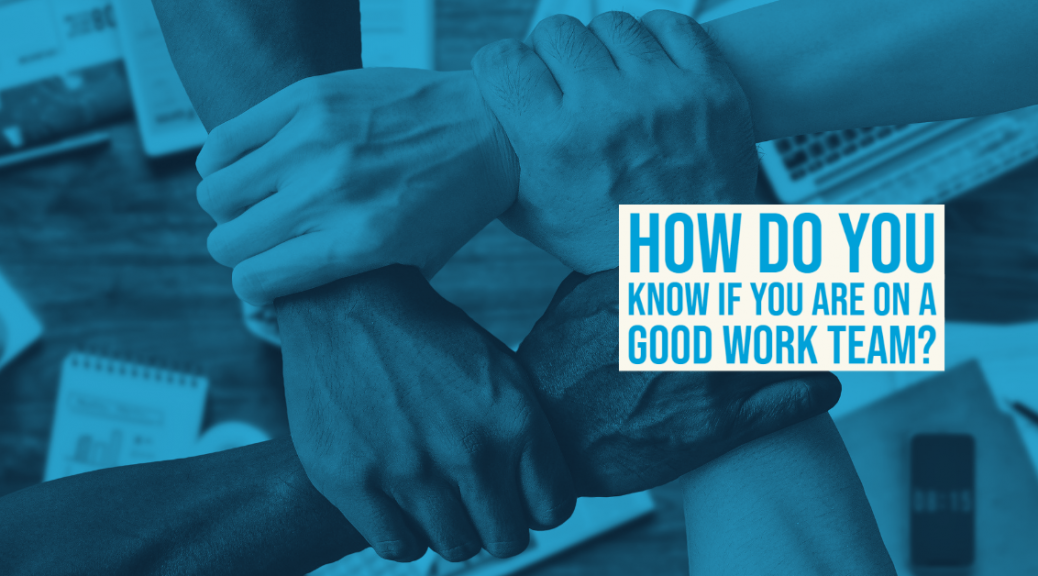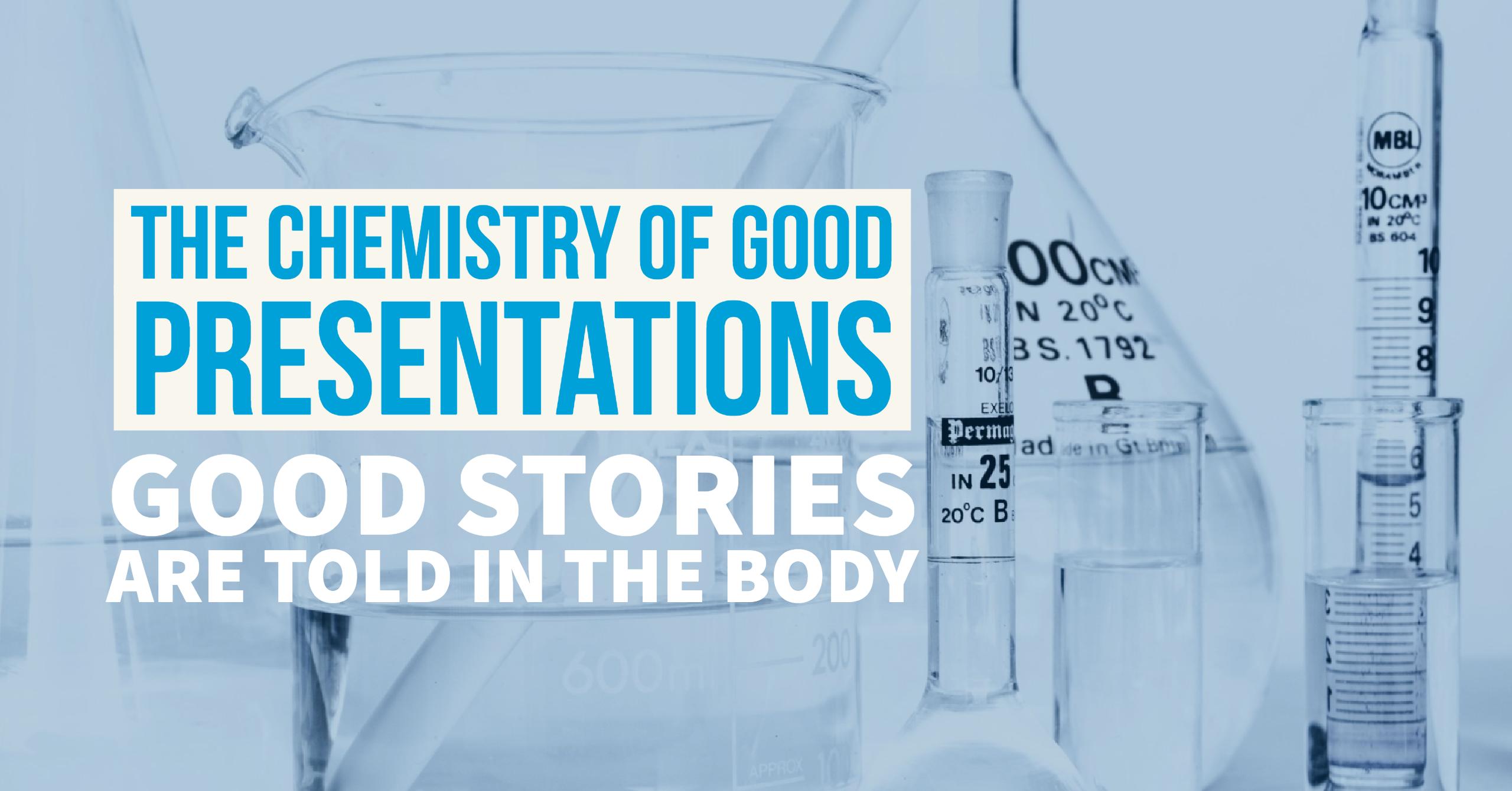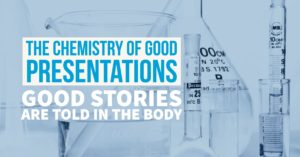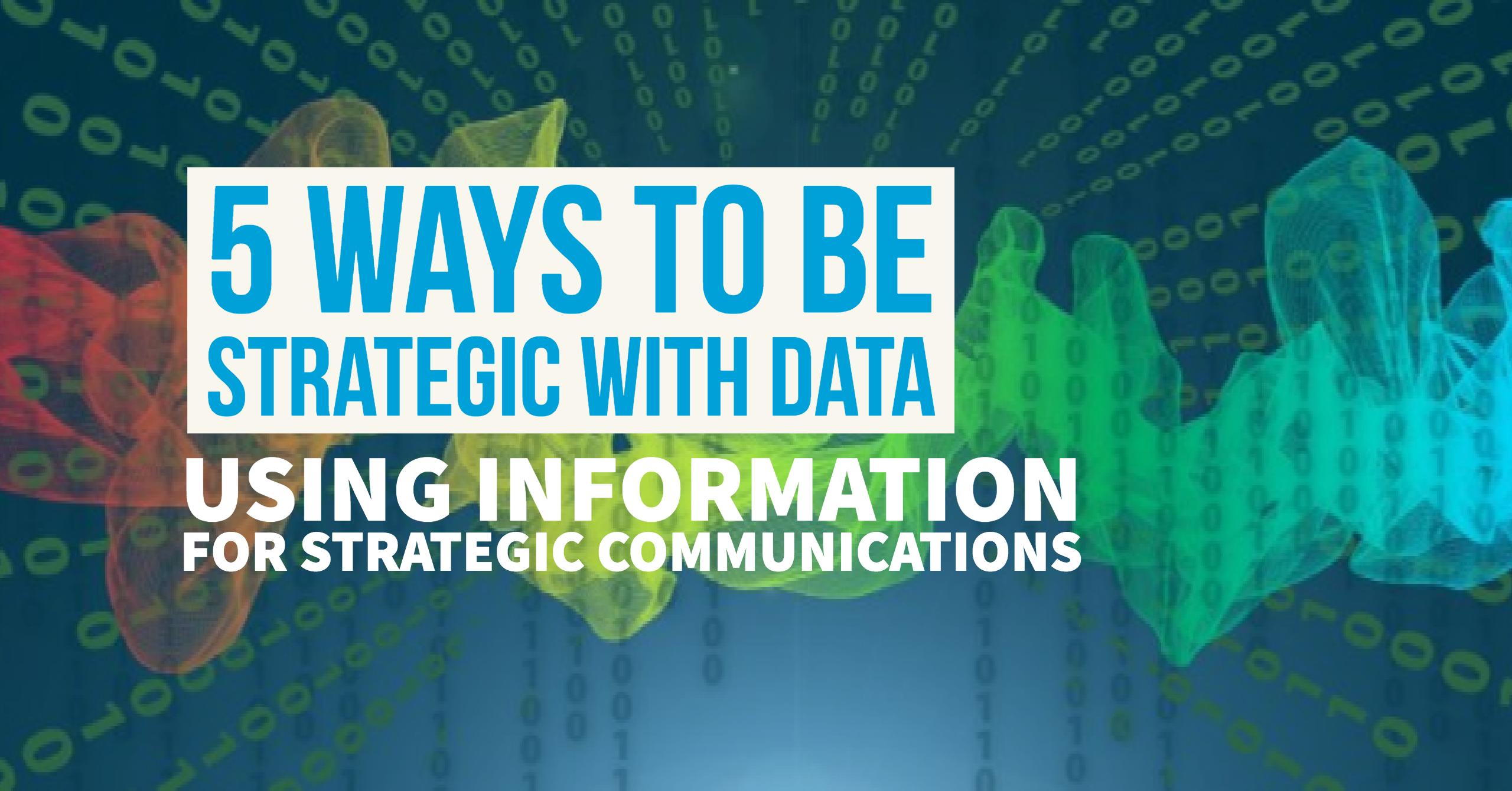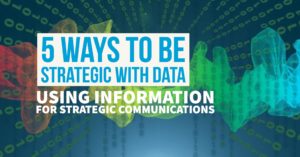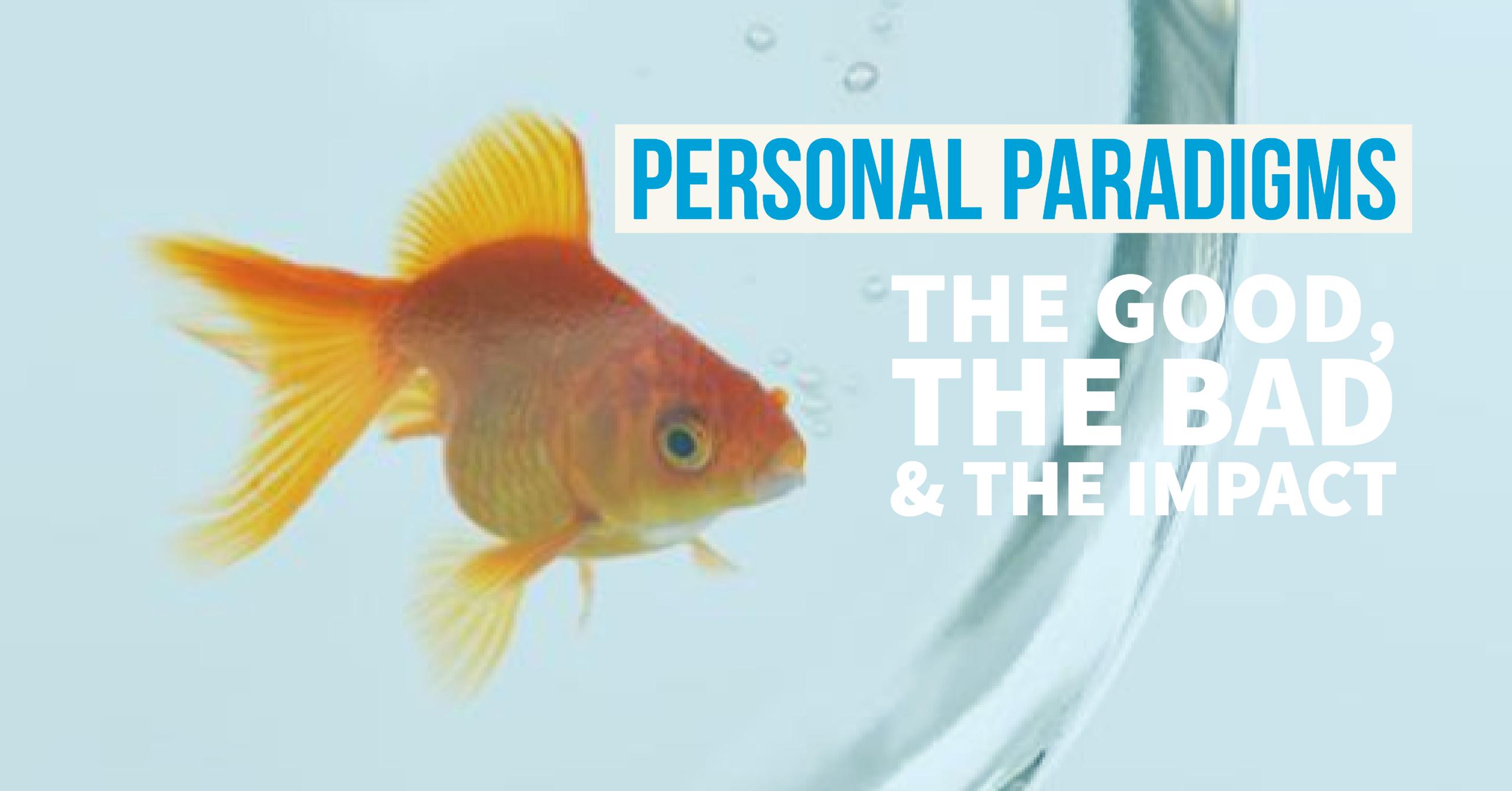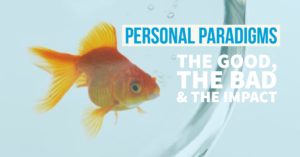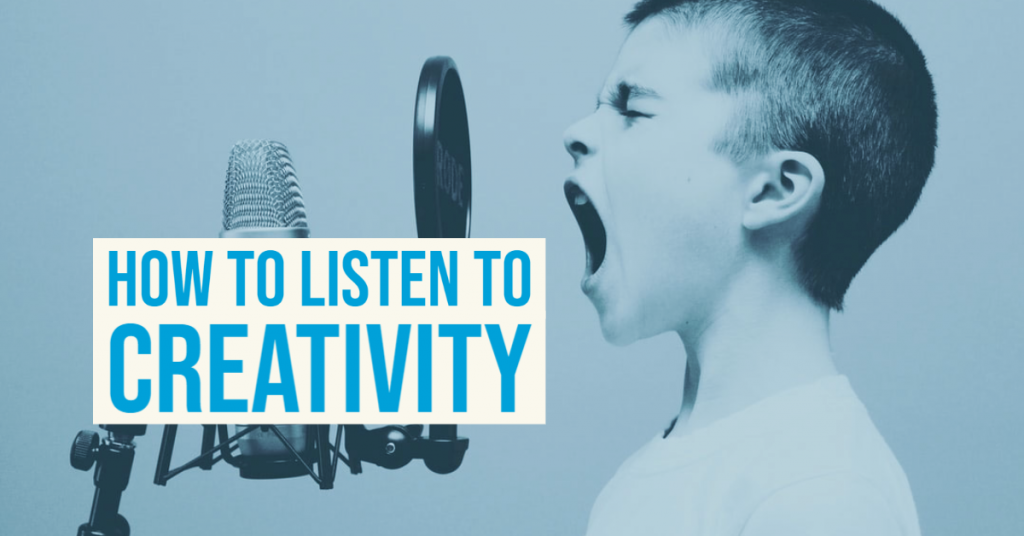
Creativity doesn’t always knock. That seems like an obvious statement but it’s amazing how often we find ourselves listening for that subtle rap. We wait for creativity to whisper in our ear. To talk to us in our sleep or spring a surprise thought on us in a moment of reflection. Its a poetic idea and sometimes creativity does appear in a romantic moment of revelation. However, creativity can also show up like a rumble in the tummy. A headache that won’t give or like a song worm that won’t stop playing a tune that only you can hear. Sometimes, creativity doesn’t speak it grumbles.
Listen to your instincts
A while back I created a social media campaign that I loved. It was clever, funny and delivered the key message my client had in mind, yet I hesitated to run the campaign. There was something about it that felt off. I couldn’t articulate what it was. No one else could see the problem either. The image was spot on, the message insightful… but it felt wrong, whatever it was, the ad didn’t feel right and as it happens it didn’t perform well.
Its not just what you do
It’s in moments like that when your instincts try to grab your attention that you understand where the pulse of creativity resides, inside. For years humans have seen inspiration as an external force. Elizabeth Gilbert in her book, Big Magic, talks about inspiration as having sentience. She describes inspiration as a force that goes looking for the right artist, writer, creator to help bring an idea to life. That all makes a quirky kind of sense to me. But what I wonder is, when that inspiration finds you, what is it connecting to? The idea doesn’t just land in your brain and wait for germination. It must connect to something that fires it into action. I think that something is our own creative power. If our creativity is primed, kept healthy and active, then when inspiration arrives, it sparks into reality. But none of that can happen if we refuse to follow our instincts.
I don’t share the story of my creative blunder so that you can commiserate with me, I share it because I should have paid more attention to my gut. Creativity was using it to send me a message. In retrospect, I would say that the problem was that the campaign did not speak to the audience as much as it attempted to speak for the audience. Not a smart move when the group in question was actively trying to have its voice heard.
Perhaps radio ad guru Terry O’Reilly, had it right when he advised that if you can’t tell what’s wrong with a piece, its the tone. Whatever happened, my creative instincts, my gut reaction was accurate. It didn’t feel right and I should have heeded the warning because creativity isn’t just about what you do, its also about what you shouldn’t do.
Creativity likes to travel
Fear also lives in the gut. It sits or swims waiting for the right moment to make you stumble and humble. If your creativity gets mixed up with fear, it can spell disaster in the form of numbing anxiety as your imagination plays out all the ways you can fail. It can also create gorgeous nightmares on canvas and on film. It can spawn books so scary you can’t read them unless you’re cuddled up under a blanket next to your loved one… or maybe that’s just me.
Fortunately, creativity likes to travel. It visits us in the brain where it plays with ideas and transforms them into genius. It visits us in our hearts where we create alluring dreams. The point is, creativity can come from many places. It can whisper, shout or thump, learn to listen.

